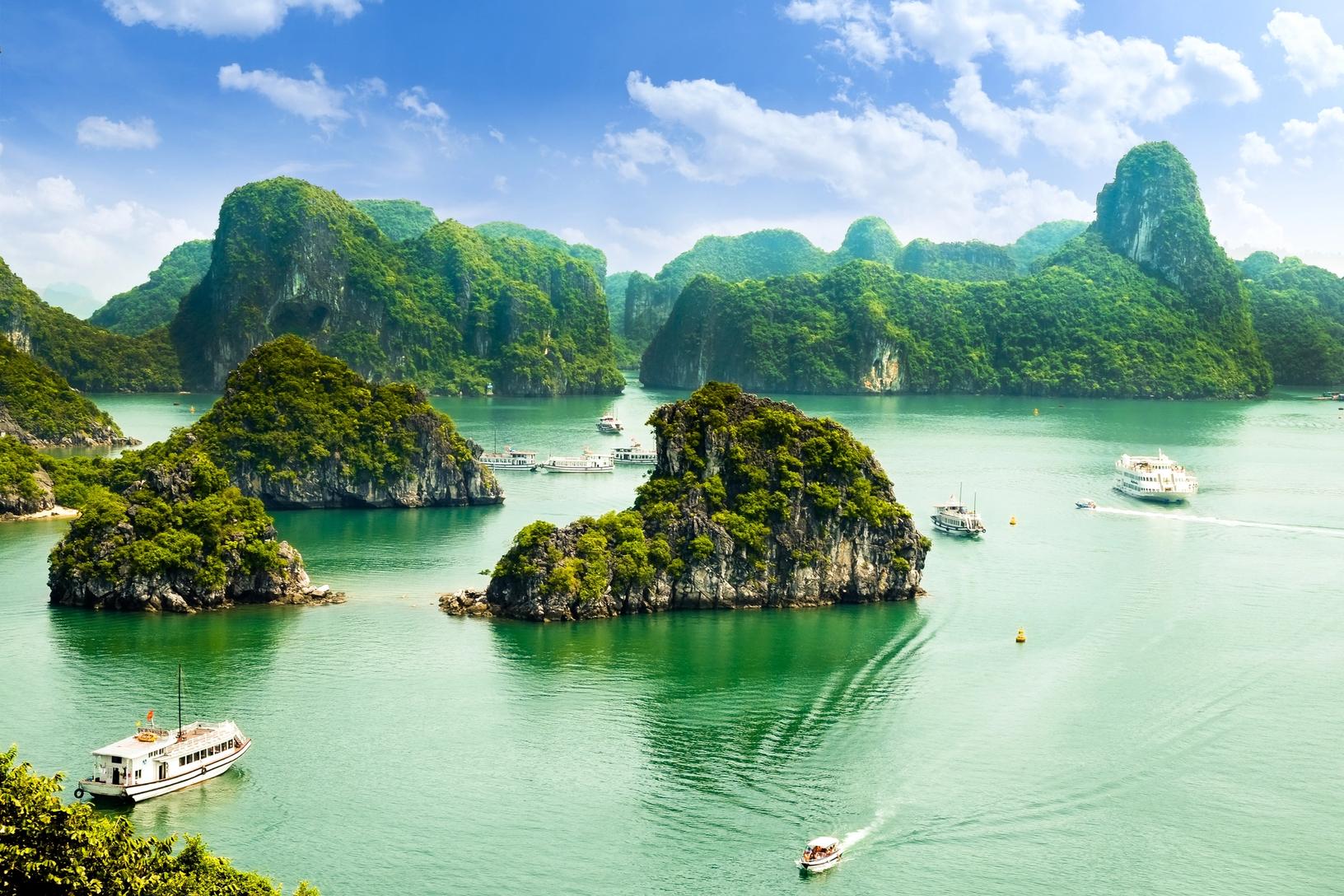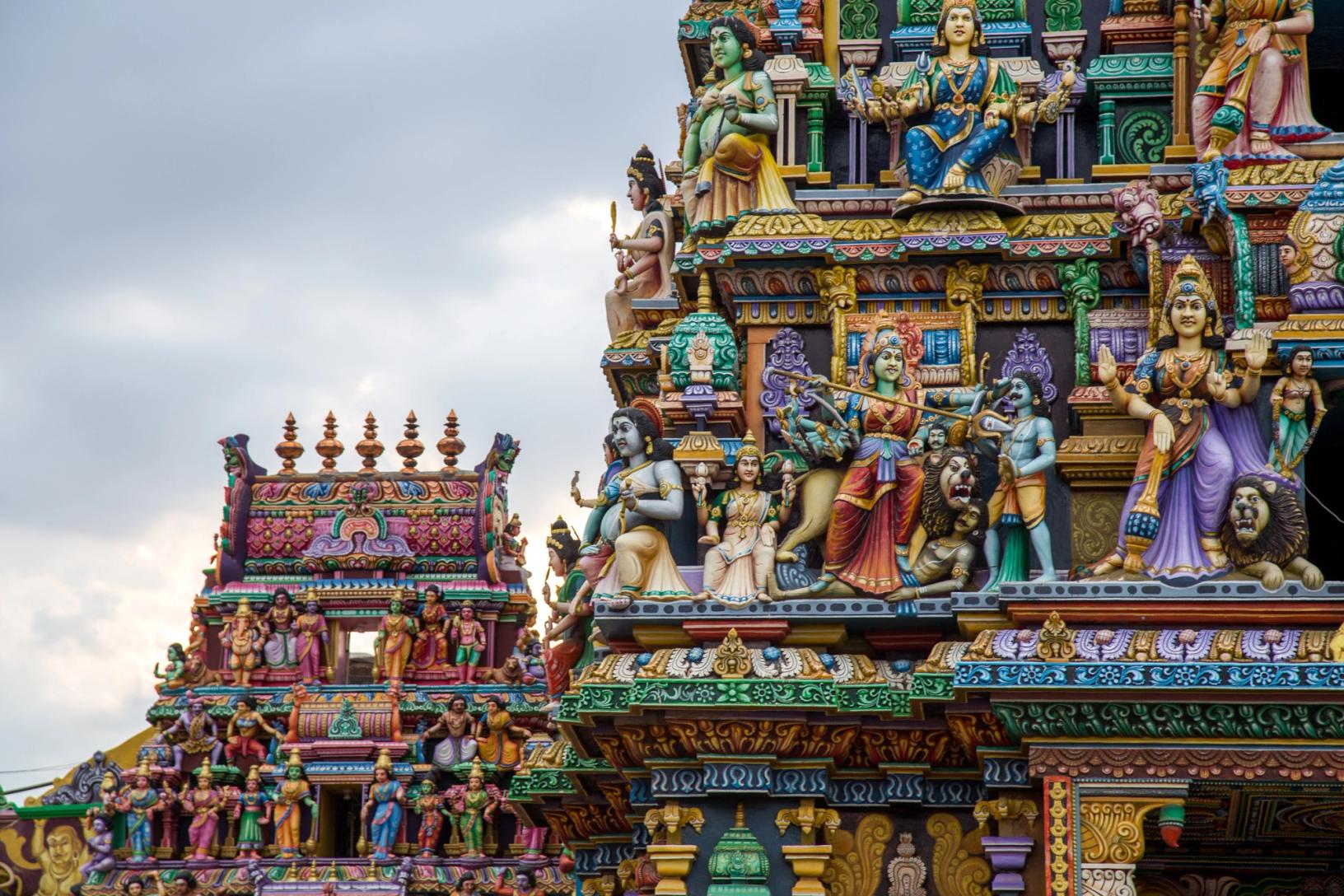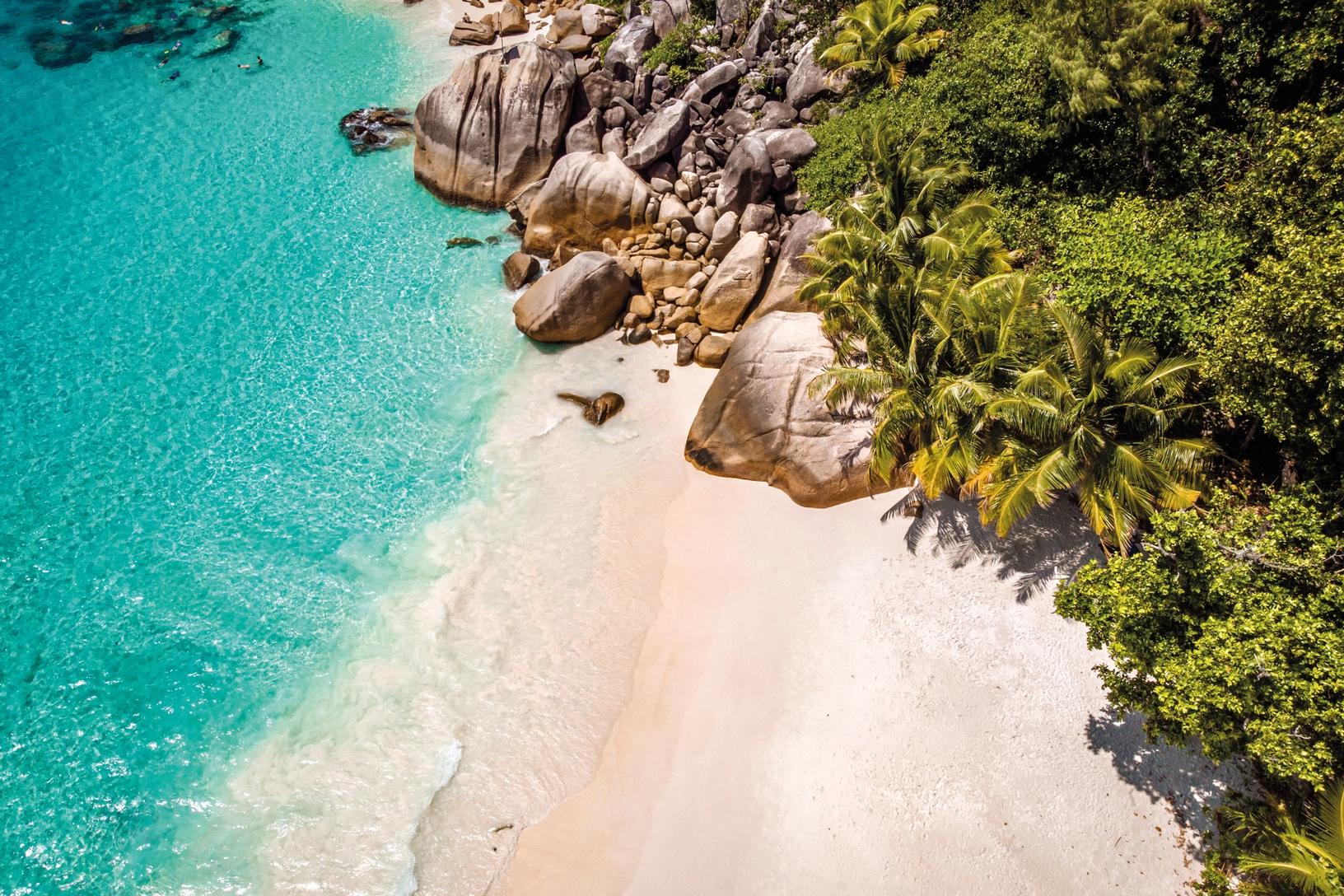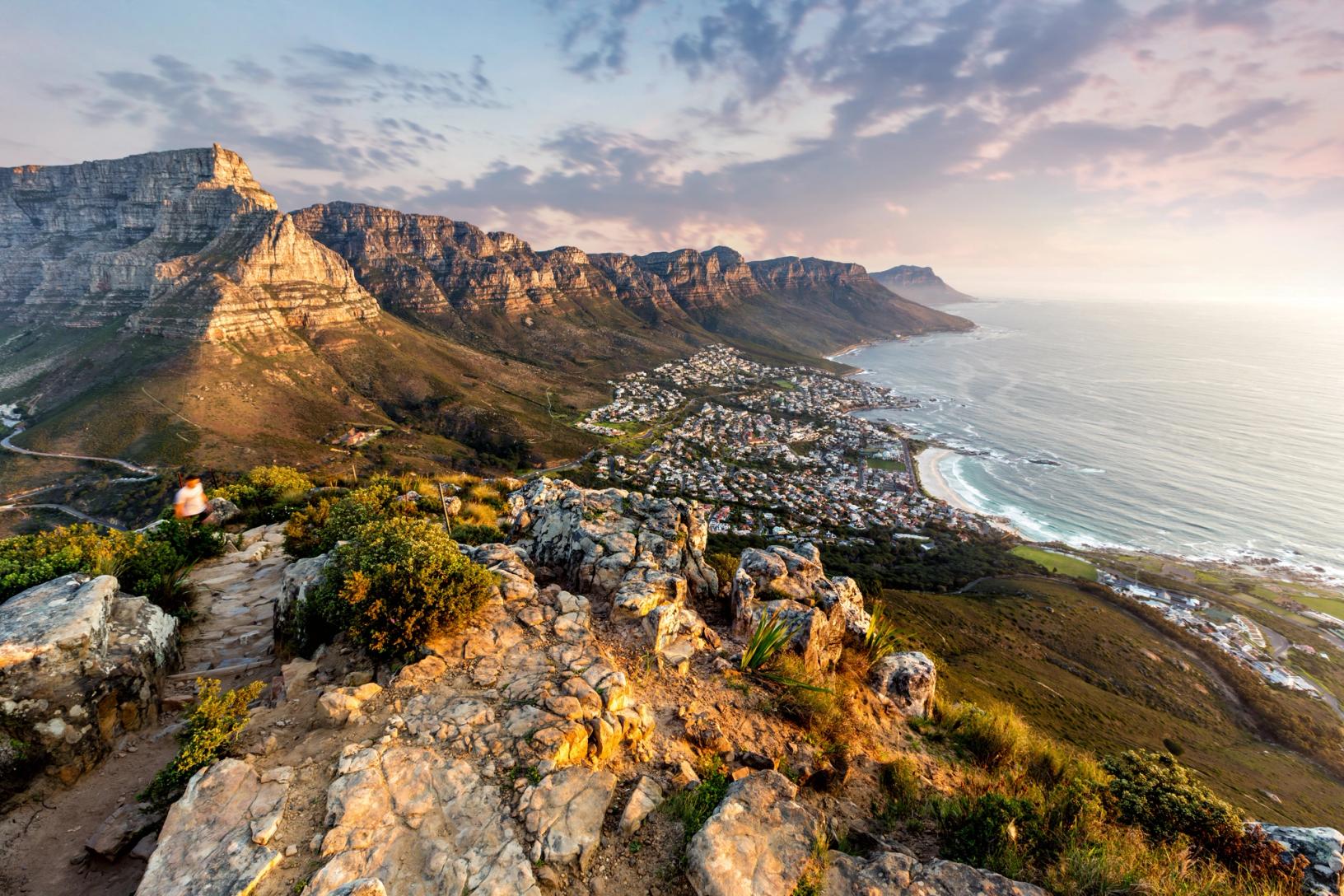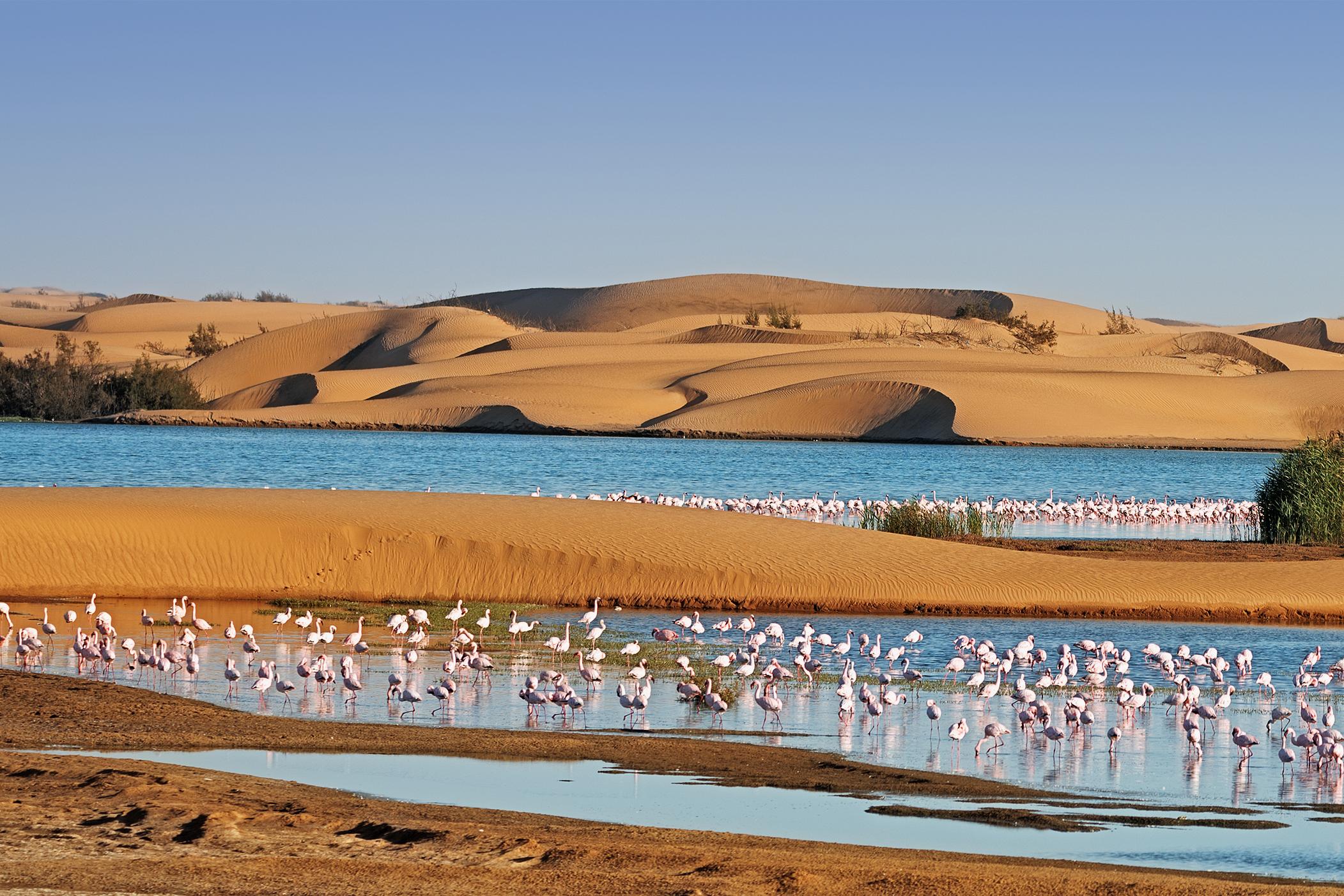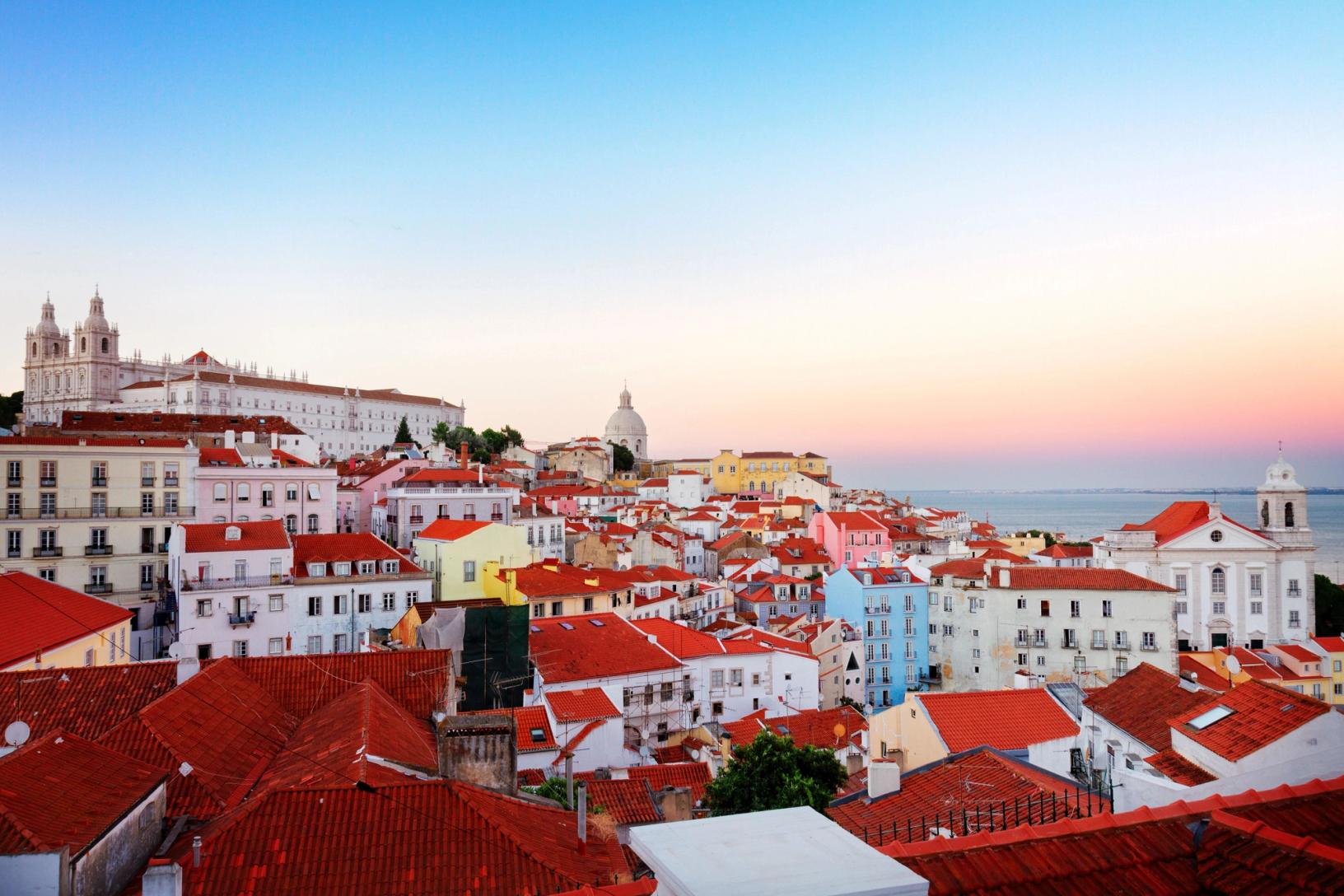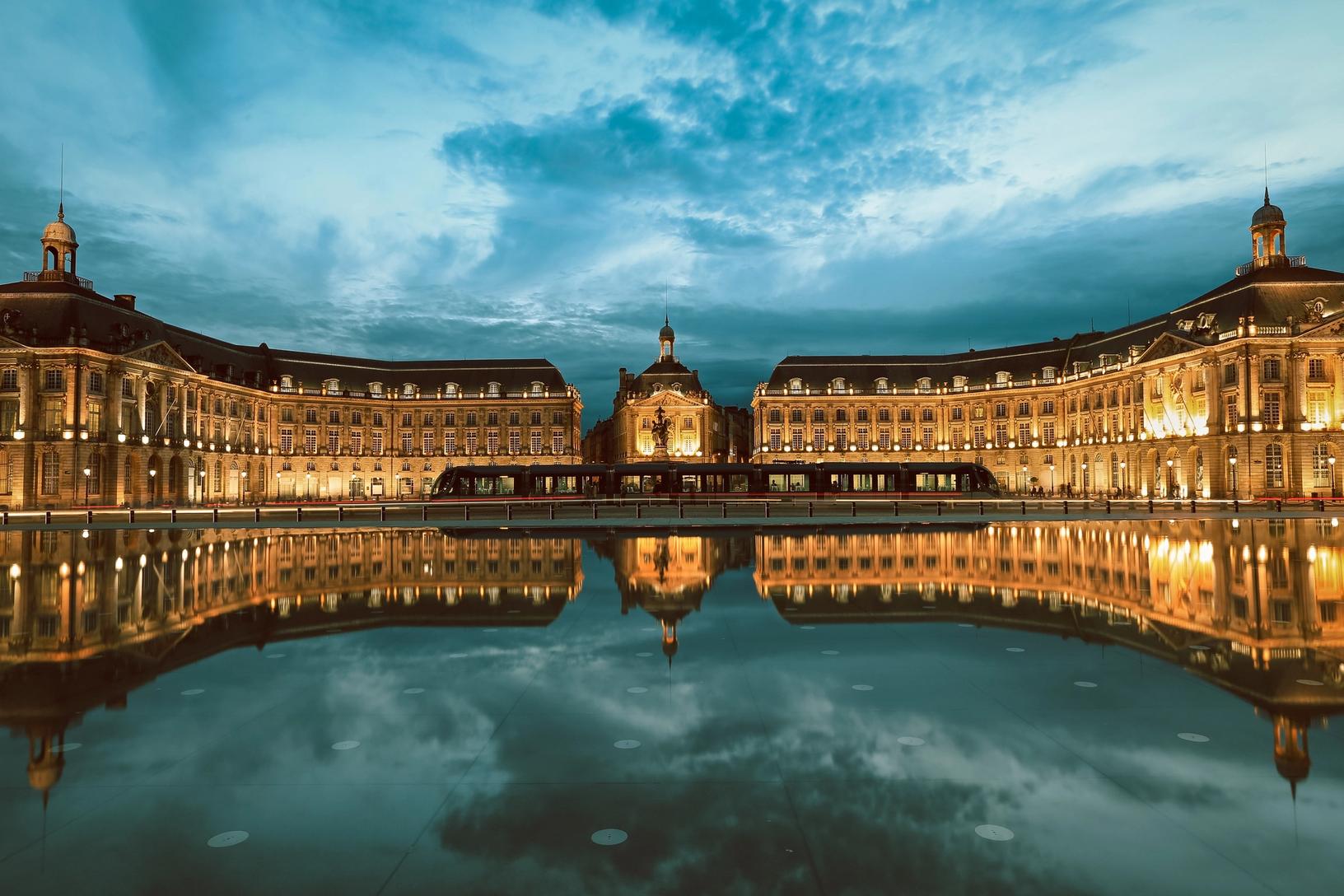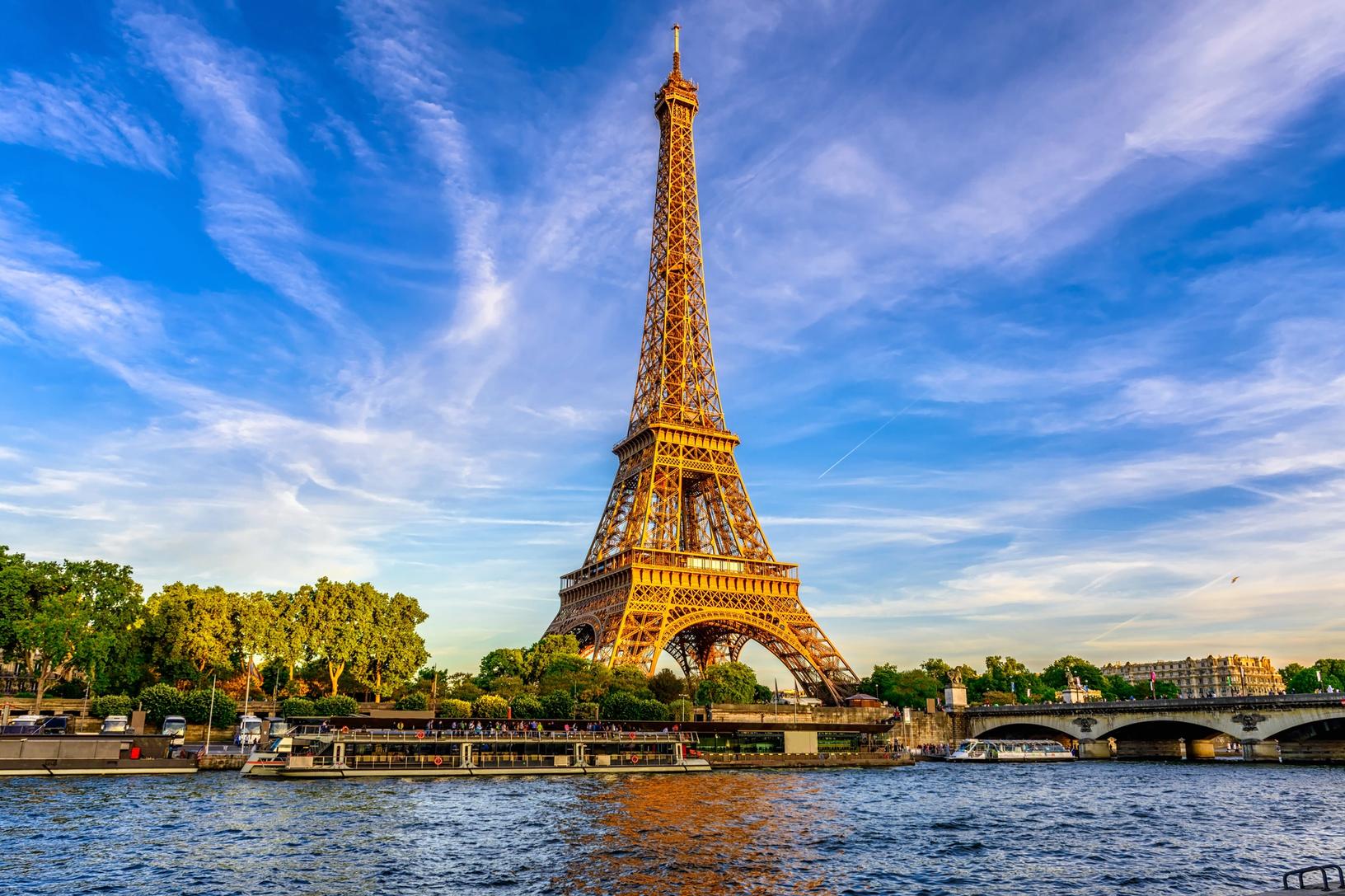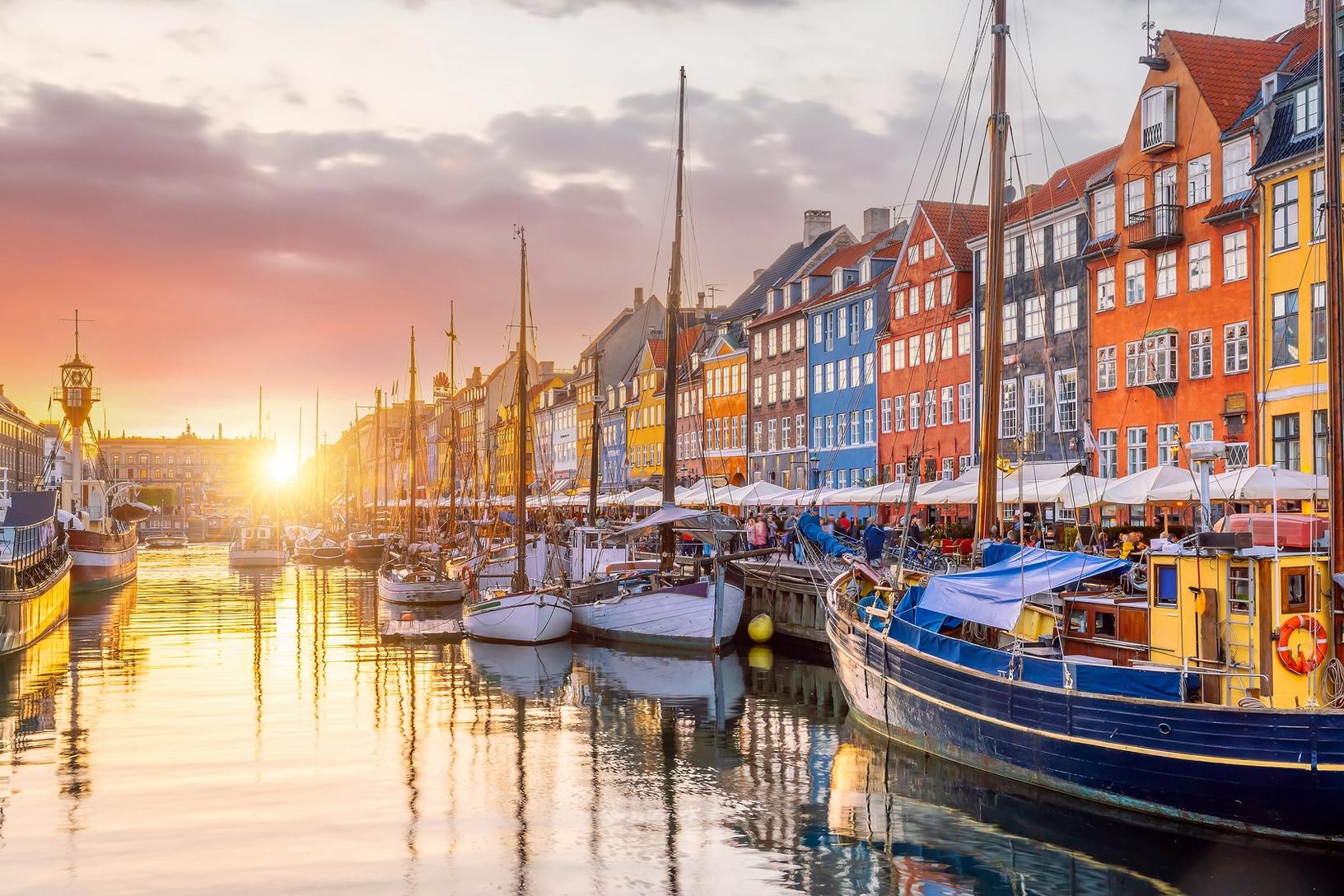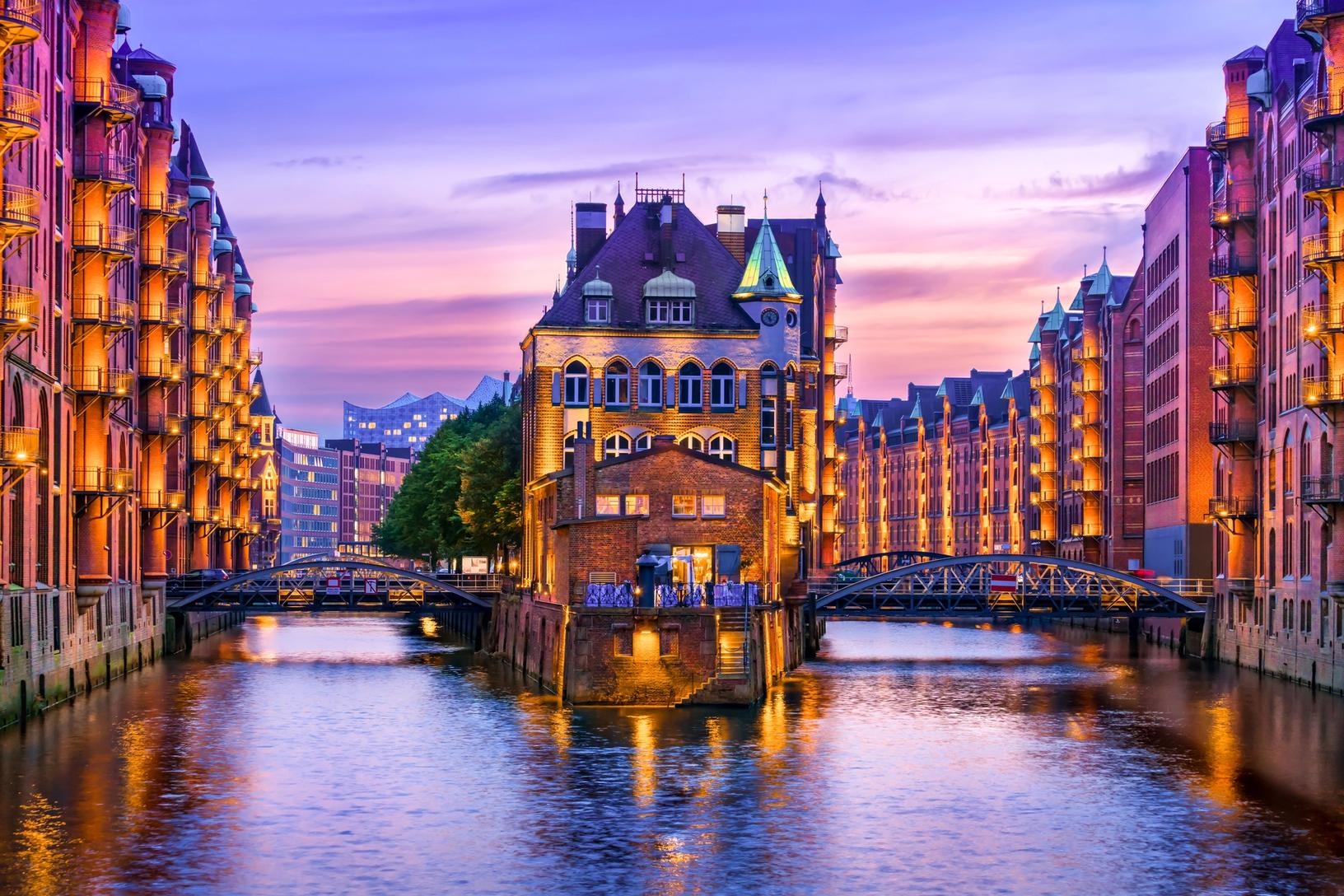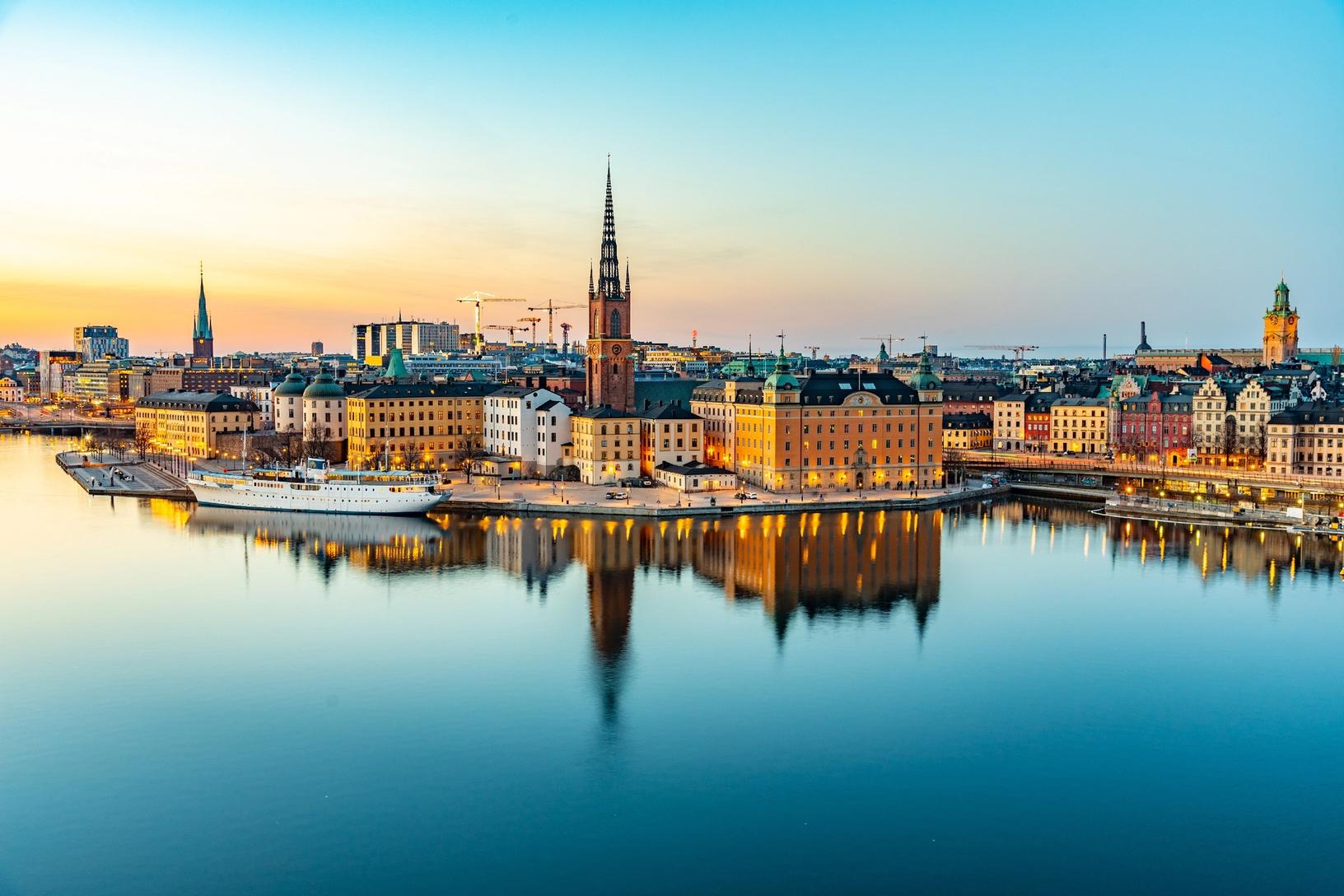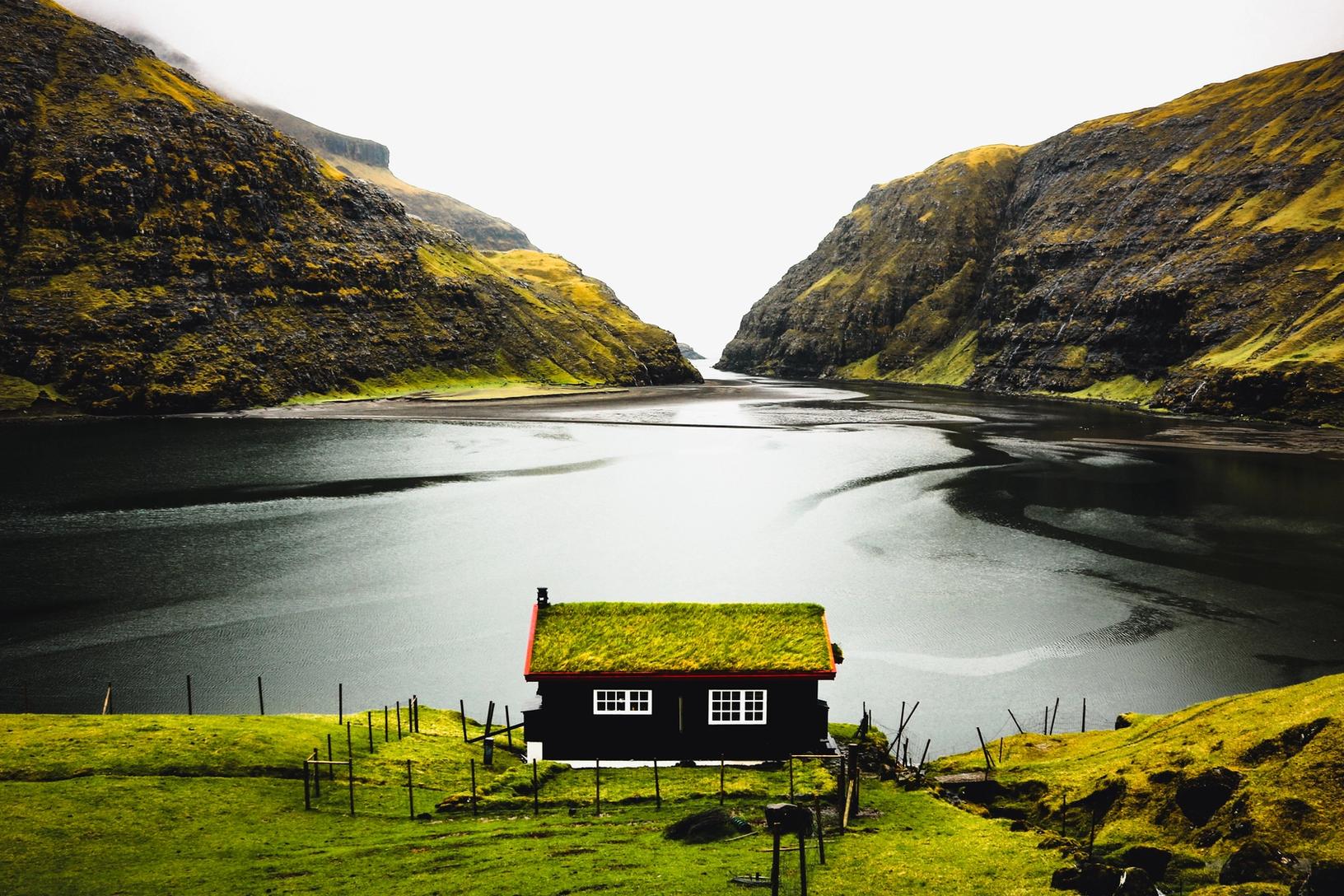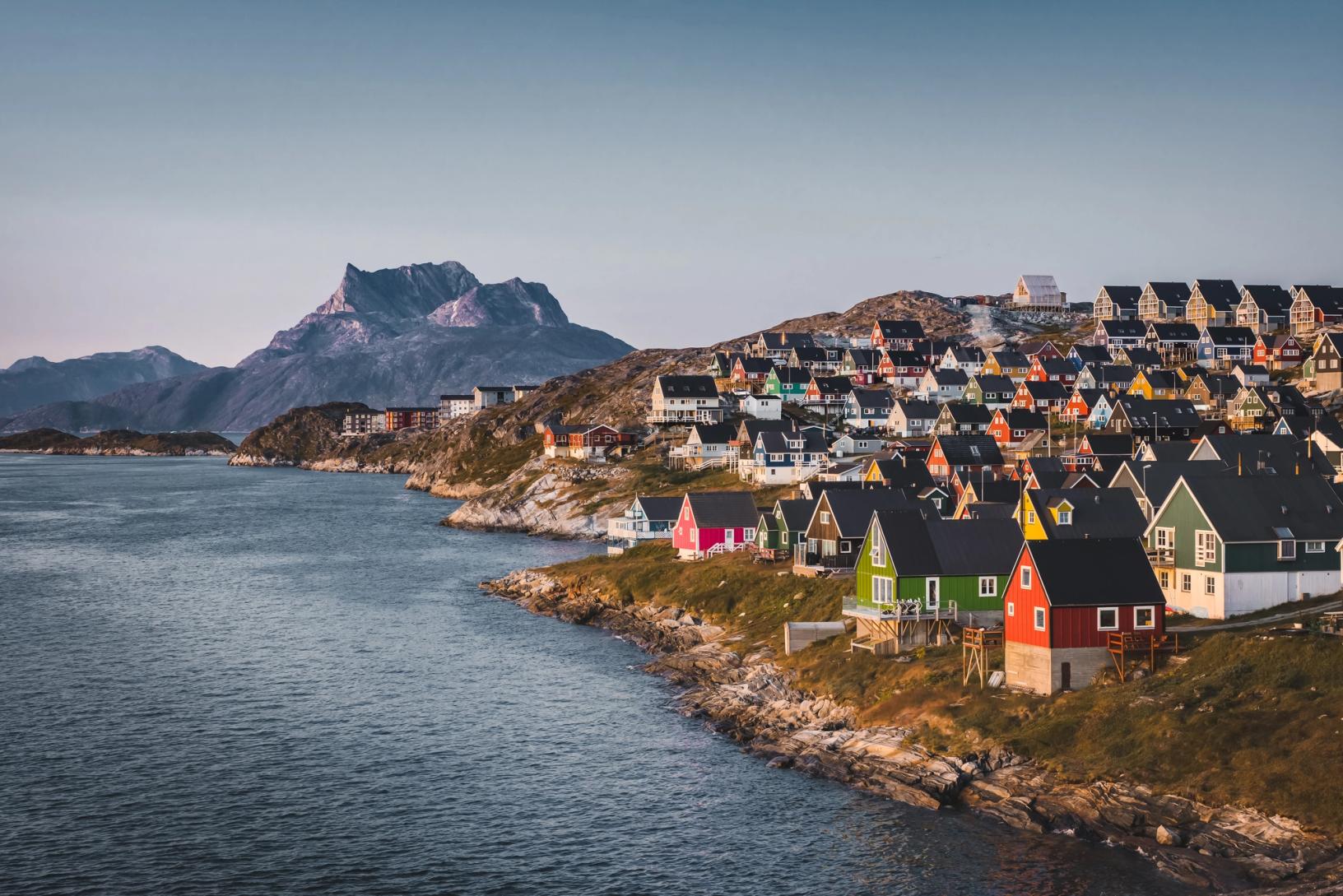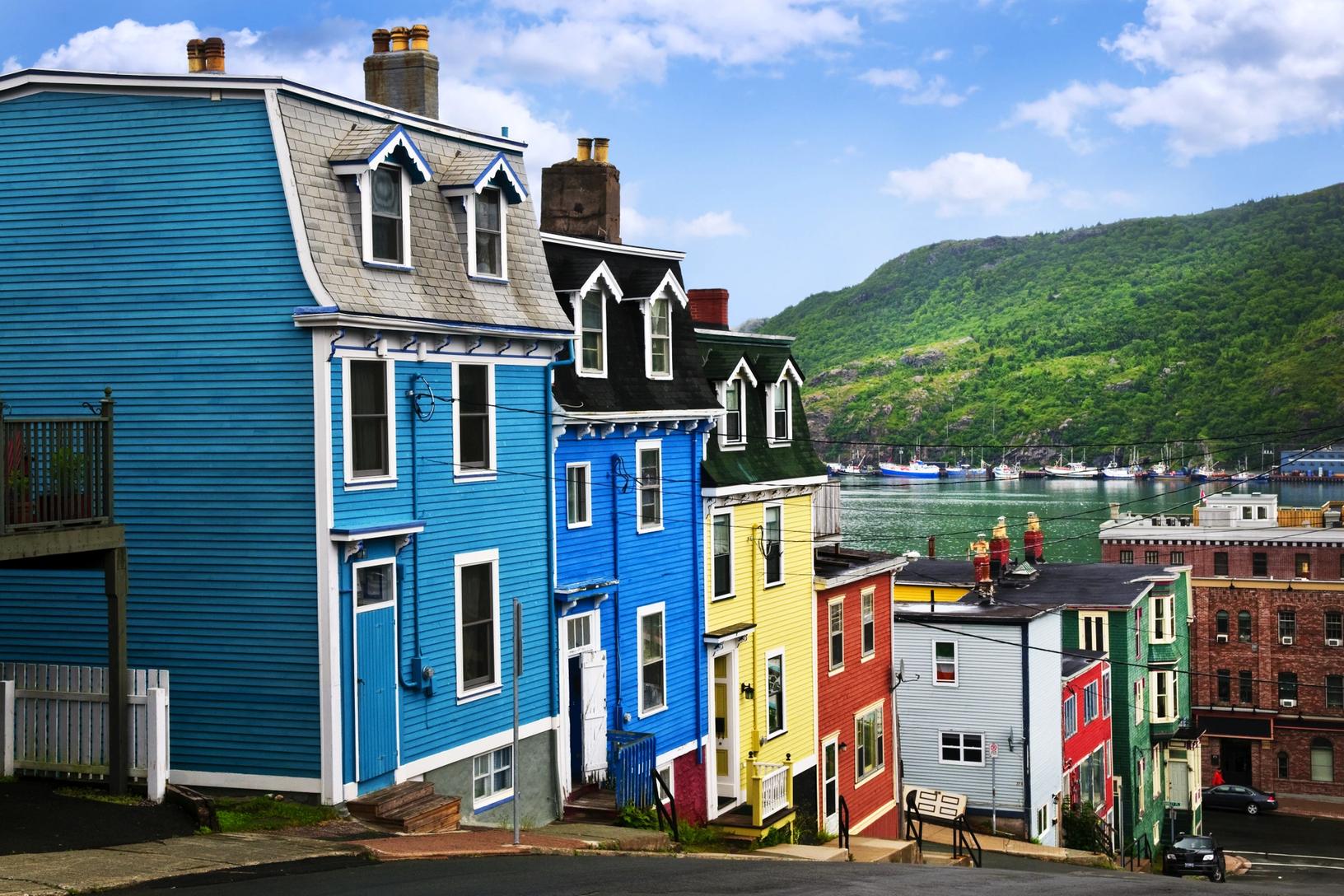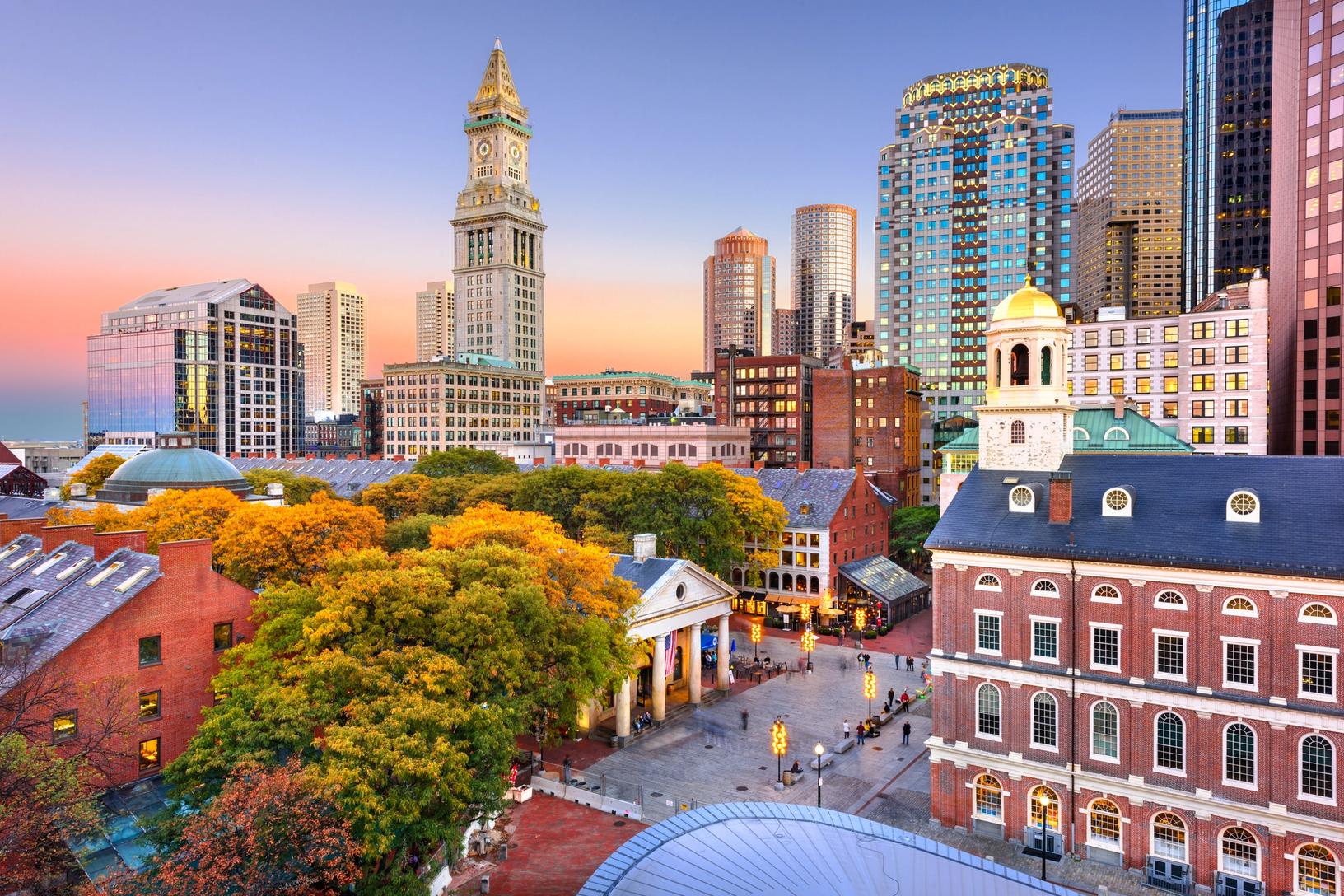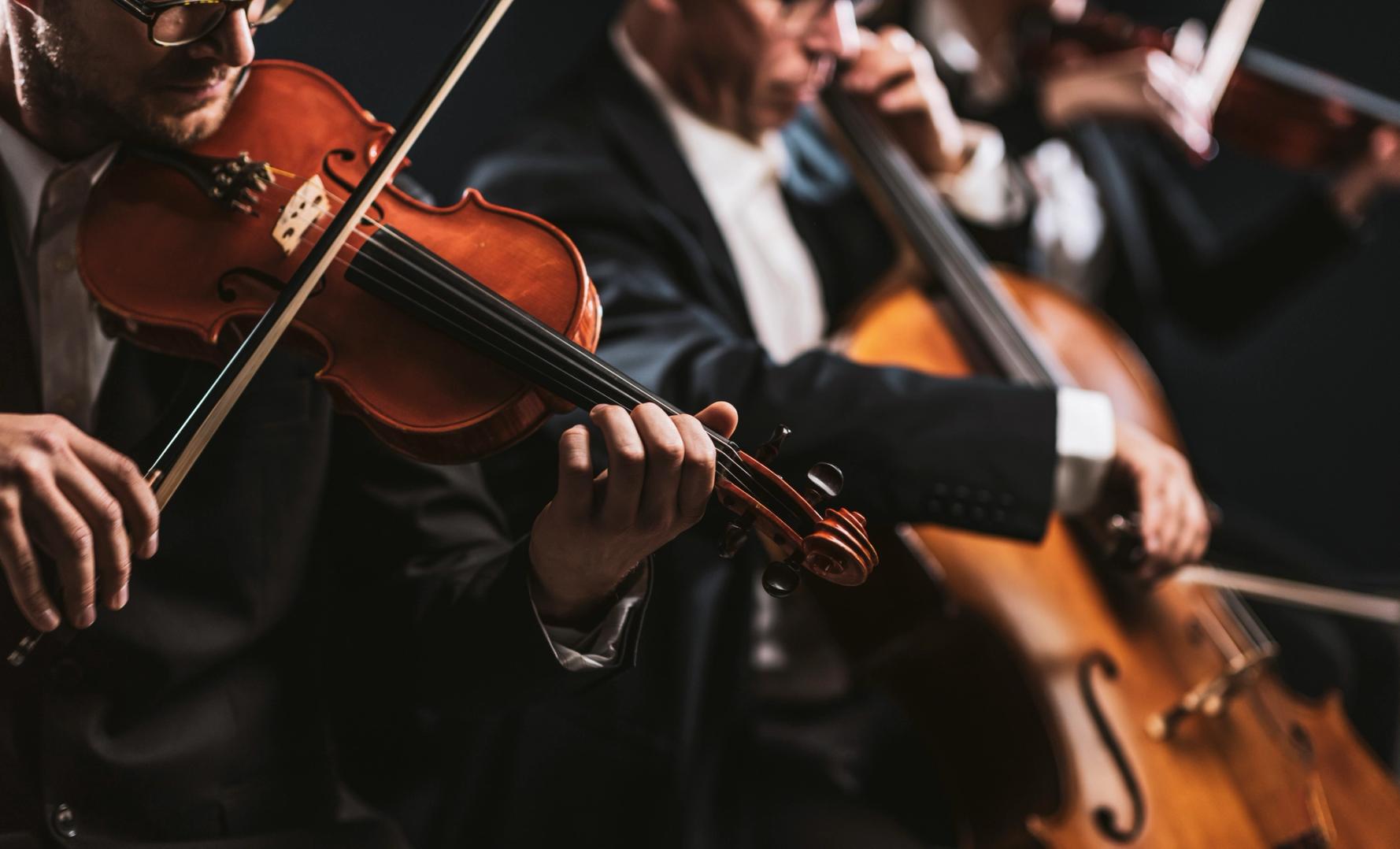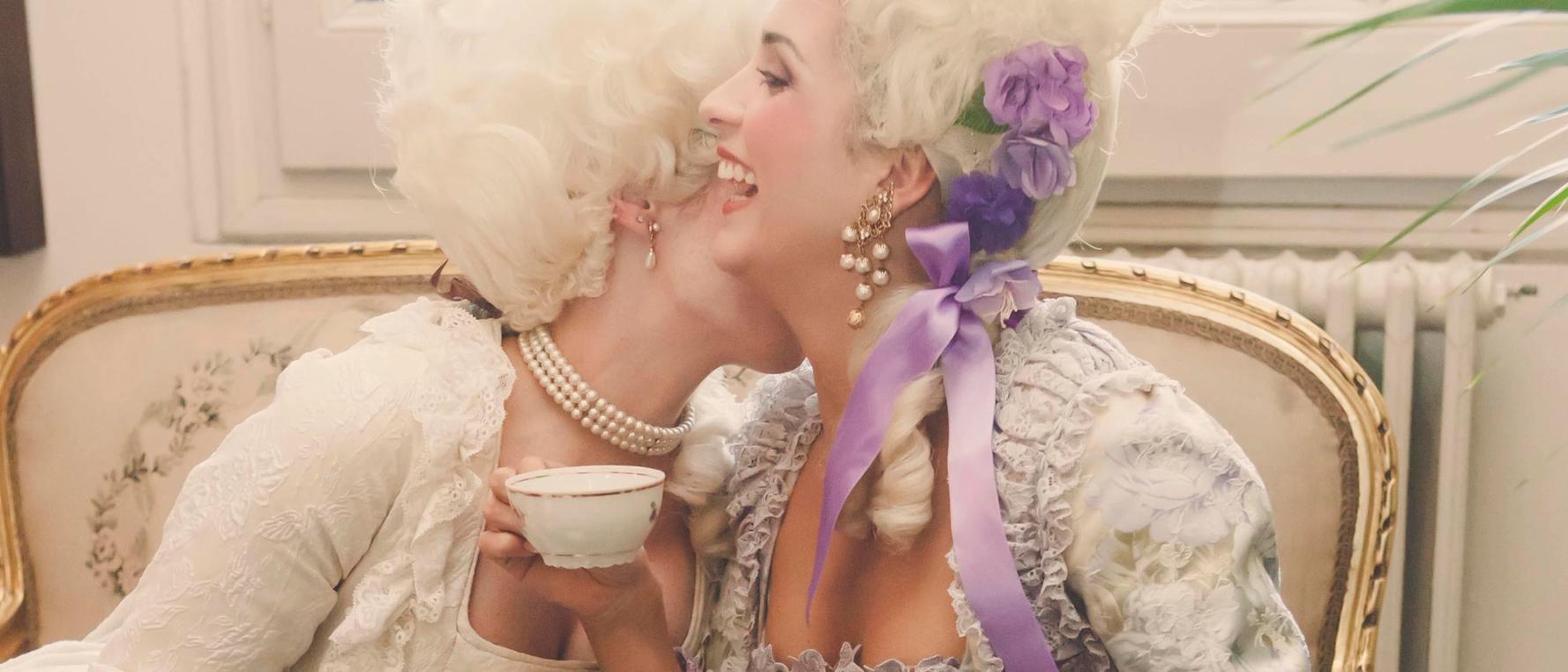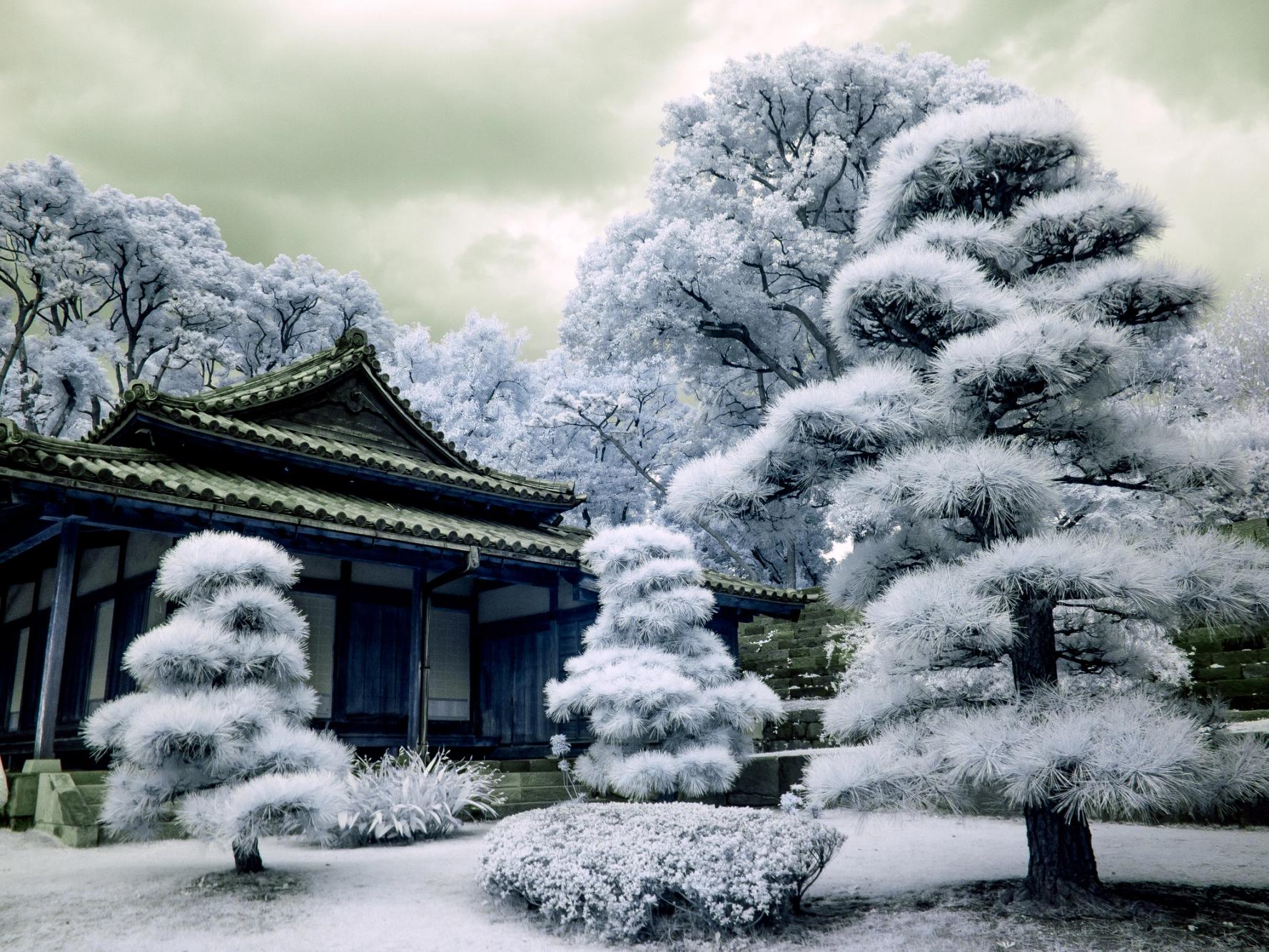
Images
Paris Favorites
Image









BEAUTIFUL!






LOUVRE MUSEUM


LOUVRE MUSEUM





















Stratford on the Avon
Image






Stratford on the Avon










Shakespeare’s 600 year
anniversary
San Miguel
Image































Special Menu determined
when making reservations
by phone. Limited seating



San Miguel
PHOTO of the DAY – City of Poets and Literature
Image
Shiraz is known as the city of poets, literature, wine and flowers.
It is also considered by many Iranians to be the city of gardens, due to the many gardens and fruit trees that can be seen in the city.
The most celebrated Persian poet is Hafez. Born in Shiraz in 1315 he never left the city. Nearly every house in Iran has a copy of his poems.
In the open pavillion behind the tomb are panels with excerpts from Hafez’s poetry. Our guide read a portion of one of his favorite poems. Wonderful to hear!
Saadi is another great Persian poet and philosopher. In Shiraz he wrote his two major works, Golestan (Garden of Roses) and Boostan (The Orchard). He was a great traveler, wandering from the Middle East and Africa to India. His travel experiences are mentioned throughout his writings.
The Eram Garden, meaning Heaven’s Garden, is one of the most famous in Iran. Shiraz University has turned it into a Botanical Garden with beautiful flowers, cypress trees, orange and persimmon trees. A three story pavillion is part of the garden and is now a museum showing the history of the garden.
We were warmly welcomed by a girl’s school on a field trip. They waved, said “hello”, and “we love America and Americans”.
Just for fun we posed in front of the citadel looking like Persian royalty.
We were able to enjoy the park area around the citadel, but the interiors are currently being restored.
Photo of the Day – The Ruins of Persepolis
Image
This was one of the highlights of our visit to Iran! What was Persepolis? It was the capital of the Persian Empire, built in 515 B.C. by Darius the Great. During a 60 year period, Darius brought cedar from Lebanon, other precious woods, stone and gold imported from distant provinces to embellish the city. It became known as “One of the Wonders of the Ancient World”. In 330 B.C. it was captured by Alexander the Great and burned to the ground.
The highest level of artist and architectural design was demanded by Darius. This entrance is an example – a double staircase with 6 inch steps which allowed horses to ride up to the stone terrace which is 30 feet above the plain below. The magnificent staircase led to the “Gate of All Nations”.
This “Gate of Nations” is 82 feet tall with 4 columns, opens onto a great stone terrace, constructed of dark gray stone polished to a marble-like surface. Winged bull figures were symbols of the Assyrian Empire. They are 15 feet tall. Everyone had their photos taken here. Most impressive!
Sunglasses, hats were necessary for protection from the sun and heat. Pictures came back with bad “squinty (is that a word?) eyes” or better with sunglasses.
Scholars believe that the emperor never lived in Persepolis but used it exclusively during new-year rituals in the spring, “NOWRUZ”. Delgations came from all over the empire to present precious gifts to their mighty King for this celebration. These frieze statues are showing the Persian and Median noblemen.
We found Persepolis be very similar to the Roman Forum and the Greek Parthenon in Athens. It is among the world’s greatest archaeolgical sites.
Photo of the Day – Nasir-al-Mulk Mosque, Shariz
Image
Early morning visits to the Nasir-al-Mulk Mosque give the best views of the sun through its stained glass windows! We stayed long enough to see the colors change and become muted as the sun moved.
They also call this the “Pink Mosque” because of the beautiful interior pink colored tiles.
It was hard to stop taking photos of the ceilings, the walls, the windows. All you heard was click, click, click in the very quiet mosque.
Our next mosque in Shriaz was Vakil Mosque, built in 1751-1773 and currently closed for a major restoration project.
The size of the complex is overwhelming. It covers 2 acres of land! The entrance behind John is 75 feet high and covered with traditional floral tiles.
The Shabestan Prayer Hall of Vakil is the most dramatic hallway we saw in any mosque! The arches and pillars are amazing!
Hammam-e Vakil has recently become a Persian Bath Museum. It’s life-sized models depict typcial bathing acitivities from 400 years ago.
Just like today’s spas, there was a menu of choices from massages, beard trimming and shaving, shampoos and scrubs.
Men would have relaxed here in beautifully decorated rooms after taking a bath in the heat room.
Vakil Bazaar is the third part of Shiraz’s Vakil historic complex. It’s the best place to buy all kinds of Persian rugs, spices, copper handicrafts and antiques.
These metal/tin plates were made in many shades of blue and in every shape and size. A popular present to bring home from Shiraz!
Shah-e-Cheragh is one of the most beautiful mosques and an important Shia Muslim pilgrimage center of the city of Shiraz. 
It is mausoleum for 2 sons of Musa al-Kadhim who were persecuted. The millions of pieces of colored glass give it the name of “Mirror Mosque.”
Photo of the Day Kashan – Fin Garden, Rose Water, Bazaar and The Shrine at Qom
Image
Four miles outside of Kashan is the World Heritage Site, Bagh-e-Fin Garden. A classic Persian Garden, it is full of cypress trees and beds of beautiful flowers.
In addition to the trees and flowers, you will find a hammam bath house complex, a prayer room, a museum and a 2 story pool house.
The biggest surprise of the gardens are the number of water features. For being in the middle of a desert, the amount of water feels so cool and refreshing.
Built in 1590, the nearby spring on the hillside behind the garden, allows for many water features without any hydralic pumps!
Kashan’s Rose Festival is celebrated from early May until the middle of June. The most fragrant, pink “Mohammadi Roses” are picked during these weeks.
Rosewater is a 2,500 year Kashan tradition. Roses are boiled in special pots and distilled. The water is collected in special, beautiful containers.
The fragrance of rose perfume is most popular among Muslims. Many of us bought small bottles to bring home as gifts. Rosewater is also used in many baking recipes throughout the Middle East. We all tasted a little rosewater but decided you needed to acquire a taste for it. Perhaps some rose hip tea!
We enjoyed visiting the Kashan Bazaar before dinner. It was mud brick architecture from the 18th century. The domes were spectacular!
The incredible building made our shopping an impressive middle eastern style experience!
Their famous Kashan pink roses were on many of the products. Every size and shape for your next tea party! How could you say no?
In the morning we saw Tabatabaic Residence – a large house with several courtyards. There were many elegant stained glass windows. Some rose colored!
We were surprised by the stained glass windows in the homes of Kashan. The color diffuses the hot summer sunlight and keeps rooms cooler.
Everyone was looking forward to our next city of Qom. It is known for the Shrine of Fatima-al-Massumeh and center for religious study.
This mosque is the most conservative of any in Iran. Women must wear a chador, which completely covers her body. Nearby fabric shops are happy to help!
All tourists are required to have a guide for the shrine. We heard some history of this historic mosque, built in the late 18th century. Then were shown how men and women have different entrances to the mosque. Traditonally non-muslims are only allowed to see this mosque from the outside.
So the ladies were surprised when our guide was able to lead them into a side prayer room to see the interiors. Every mirror and tile was the finest quality.
Given the option to keep their new chadors or have another tourist use them, all the girls were happy to donate their fabric!!!
Photo of the Day – Miniature Artist’s Workshop at the Royal Square
Image
Introducing Hossein Fallahi in his workshop at the Nagsh-e-Jahan Square! Hossein is one of today’s few contempory miniaturists. This style of Persian painting dates back to the 13th century, and was influenced by the Mongol invasion. The painting is characterized by vivid colors with accents of gold.
To demonstrate miniature painting, Mr. Fallahi drew a member of our tour group, using a very fine brush made of Persian cat hair. That outline would be the beginning of a painting. Impressive! This level of detail can only be achieved by a very fine hand and an extremely small brush!
When we left the workshop, most of us had found a Fallahi miniature to bring home to family or friends. The Royal Square was his favorite theme. We came home with one, as did many others. Ours is a miniature of the Royal Square with Polo players and 2 mosques and a Palace – good memories!!!
We visited Vank Cathedral, one of the first Christian churches in Isfahan. 1915 was the year of the Armenian Genoide by the Ottoman Empire. Shah Abbas settled deported Armenians in Isfahan. One of the first Christian churches was here. The construction began in 1606 and completed in 1664.
There were 1.5 million victims of the Armenian Genocide. The murals on the bottom half of the interiors show the tortures inflicted on the Armenian martyrs by the Ottoman Empire. This is 100th anniversary of the Genocide. There is a memorial to the Genocide in the gardens outside the cathedral.
Hammam-e-Aliqoli Khan is a traditional bathhouse. It has been restored and made into a museum to display the customs and rituals.
Chehel Sotun or the 19 Column Palace is a beautiful pavillion built for evening entertainment. During the Safavid Period this was a common way to for the King to have contact with his people. He would eat with them and drink with them. The reflection of the pillars gave the Palace its name.
The interiors were covered by colorful, room size murals of Iran’s history.
